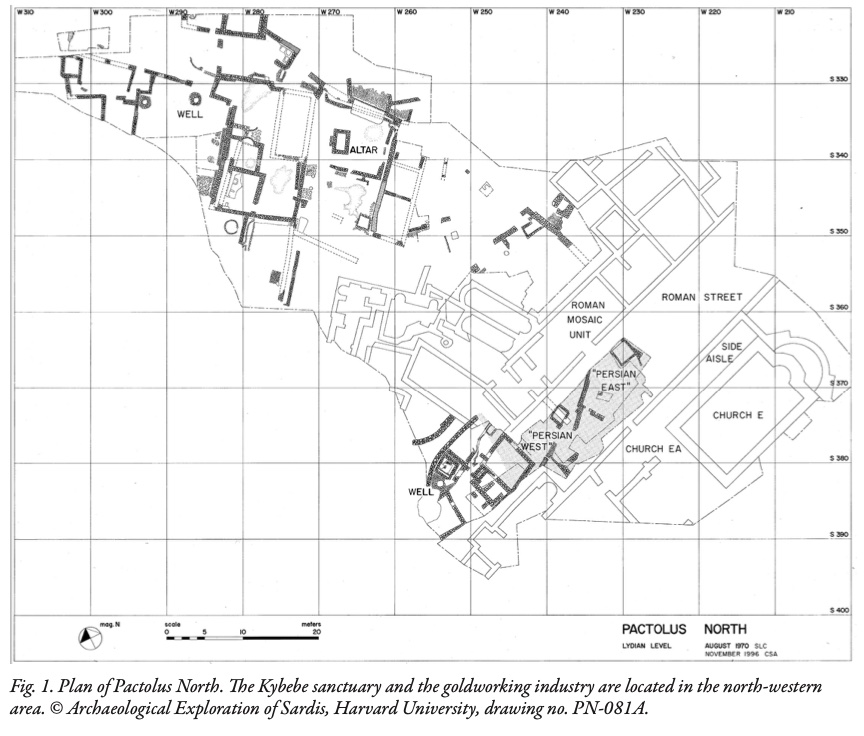Lorem ipsum dolor sit amet, consectetur adipiscing elit. Morbi eu nulla vehicula, sagittis tortor id, fermentum nunc. Donec gravida mi a condimentum rutrum. Praesent aliquet pellentesque nisi.


he Kybebe sanctuary located by the Pactolus River at Sardis is suggested to be identical with the sanctu- ary that, according to Herodotus (5.102), was burned down during the Ionian Revolt in 498 BC. On the basis of a re-interpretation of the archaeological remains the author suggests that the sanctuary underwent sev- eral phases. An earlier altar of fieldstones was rebuilt, probably during the period of Croesus, into a more monumental one decorated with lions. his altar was desecrated during the Ionian Revolt and was therefore sealed and completely buried before a new altar was built on top. he Mother Goddess was connected with metalworking in the Greek literary sources from an ear- ly period onwards, and it is here suggested that Kybebe was the divine protector of the gold and silver industry by the Pactolus River, which produced the metals need- ed for the coinage. Kybebe was also the goddess who provided the king with sovereignty. he sanctuary was an important target in the Ionian destruction, because Kybebe symbolized the supreme power held by the Persian king.